💕 We Made You Some Scientific Valentines Because We Love You. 💕
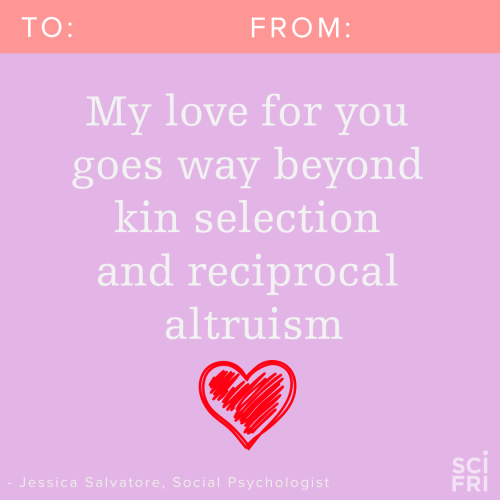
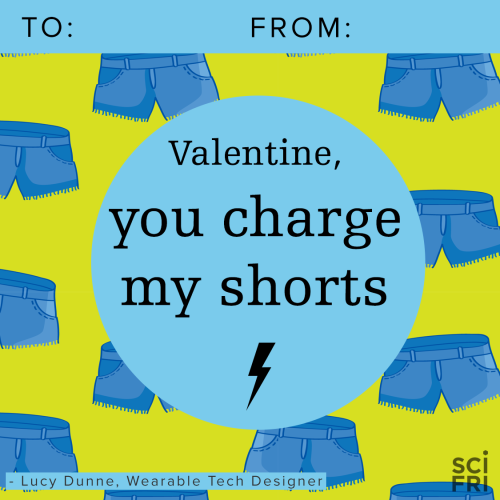

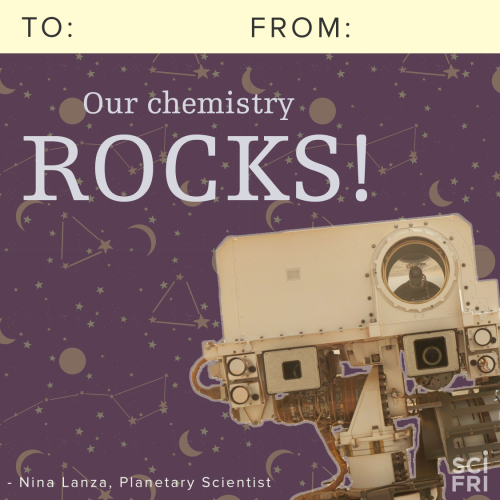
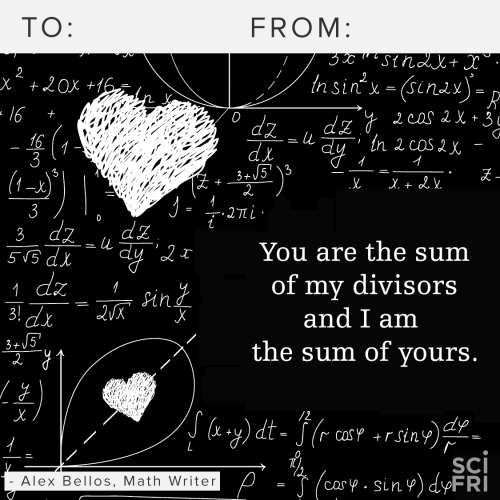

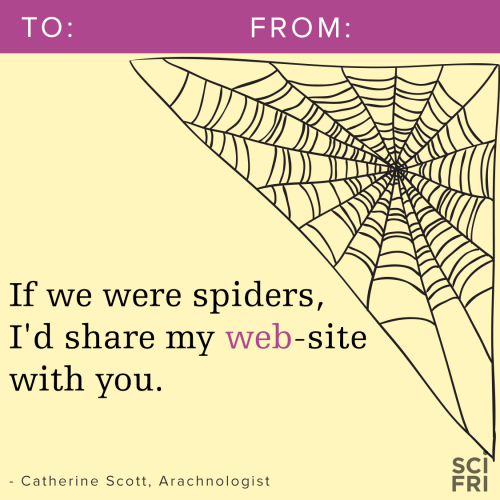
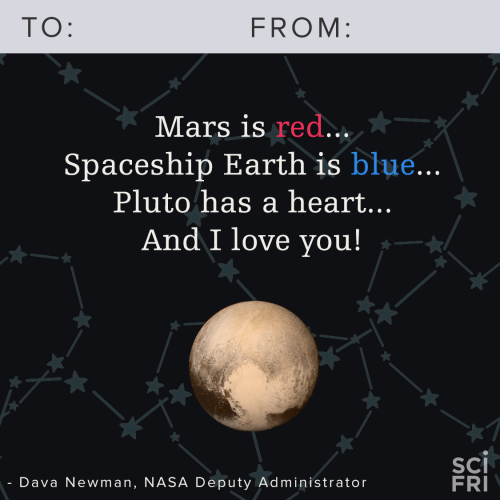
💕 We made you some scientific valentines because we love you. 💕
And yes, you can print them out for the geeks in your life.
More Posts from Smartler and Others

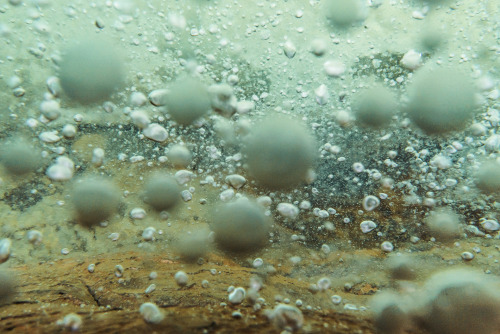

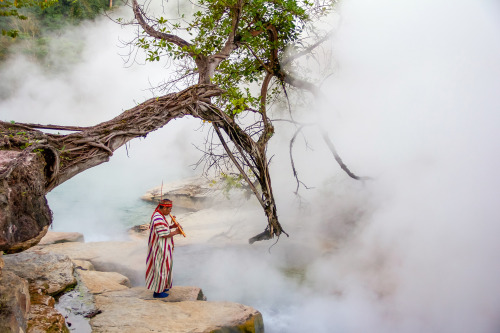

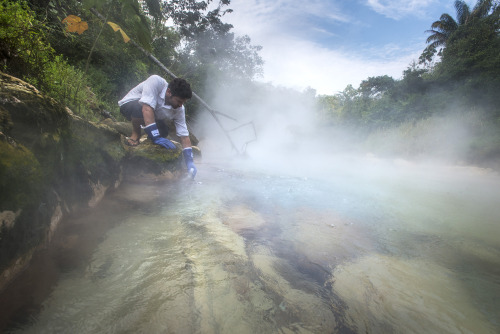
Geologist Andrés Ruzo first heard about the boiling river as child, but it was always thought of as mythical. It was considered “a place of spirits.” But when Ruzo’s aunt insisted a boiling river existed in Peru, he set out to find it. Now, Ruzo is the first scientist to be given the blessing of the local shaman to study the boiling river. Ruzo talks about the mysterious nature of the boiling river on the latest episode of the TED Radio Hour.

For more amazing images and posts about how Astronomy is Awesome, check us out!
http://astronomyisawesome.com/
As always, please feel free to ask questions and we love it when you reblog!
#astronomy #space #nasa #hubble space telescope #nebula #nebulae #galaxy
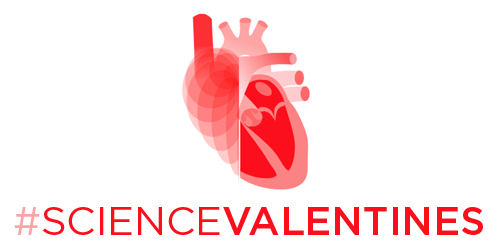









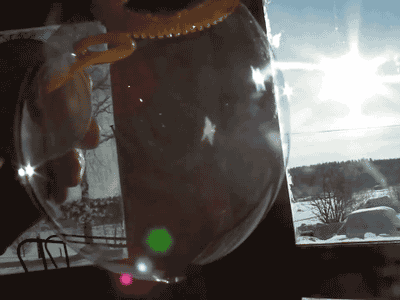

…can you hear me?
On a scale of Matt Damon
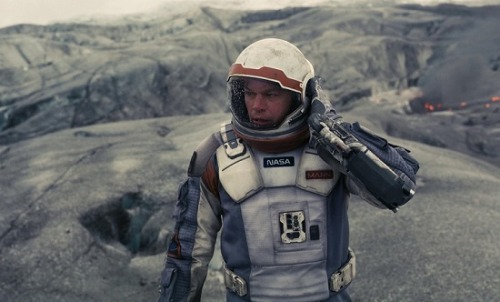
to Matt Damon
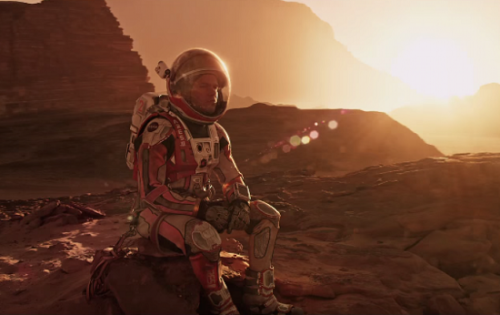
how well do you handle being stuck alone on an inhospitable planet
What is a Supermoon Lunar Eclipse?

We’ve told you that on Sept. 27 a supermoon lunar eclipse will occur in the U.S. And much of the world, but what does that mean?
One important note, is that this event can be referred to in many different ways:
Supermoon Lunar Eclipse
Super Blood Moon
Harvest Moon Eclipse
Supermoon Eclipse
All slightly different names, but apply to the same spectacular event that will occur this weekend.
Since it’s rare that both a supermoon and an lunar eclipse occur at the same time, let’s break it down.
1) Supermoon

A supermoon is a full or new moon that falls closest to the fall equinox, and is at its closest approach to the Earth. This results in the moon appearing up to 14% larger in diameter.
2) Lunar Eclipse

A lunar eclipse occurs when the moon passes directly behind the Earth into its shadow. This can give the moon a red tint.
3) A Supermoon Lunar Eclipse!

The combination of these two events does not happen very often. In fact, since 1900 a supermoon lunar eclipse has only happened 5 times! The last time this occurred was 1982, and if you miss the event this year, your next opportunity won’t come until 2033.
This year, the event will be visible from the Americas, Europe and Africa on the night of Sept. 27. Here’s a full schedule of the supermoon eclipse:

If it’s cloudy in your area on Sept. 27, don’t worry! NASA Television will be providing a live stream of the event, so you can tune in and enjoy the show.
For more information and resources on the supermoon lunar eclipse, visit our page on NASA.gov.
Make sure to follow us on Tumblr for your regular dose of space: http://nasa.tumblr.com
Submitted by @asapscience
Science is so amazing, but it’s being de-funded around the world. We hope to make a difference with this video:
Your sharing is greatly appreciated.
name one difference between birds and children
My grandpa got his first spam email and he called the police
-
 alannaeowyn reblogged this · 5 months ago
alannaeowyn reblogged this · 5 months ago -
 honeyvanity liked this · 3 years ago
honeyvanity liked this · 3 years ago -
 legalist217 reblogged this · 7 years ago
legalist217 reblogged this · 7 years ago -
 marina-and-the-cubiczirconium liked this · 7 years ago
marina-and-the-cubiczirconium liked this · 7 years ago -
 frolicking-free reblogged this · 7 years ago
frolicking-free reblogged this · 7 years ago -
 gloryfalling reblogged this · 8 years ago
gloryfalling reblogged this · 8 years ago -
 paragrin liked this · 8 years ago
paragrin liked this · 8 years ago -
 beradan reblogged this · 8 years ago
beradan reblogged this · 8 years ago -
 kranja reblogged this · 8 years ago
kranja reblogged this · 8 years ago -
 theravenchilde reblogged this · 8 years ago
theravenchilde reblogged this · 8 years ago -
 inincognito reblogged this · 8 years ago
inincognito reblogged this · 8 years ago -
 liptonrm reblogged this · 8 years ago
liptonrm reblogged this · 8 years ago -
 againsthebreeze reblogged this · 8 years ago
againsthebreeze reblogged this · 8 years ago -
 annacaffeina liked this · 8 years ago
annacaffeina liked this · 8 years ago -
 joshgseventythree liked this · 8 years ago
joshgseventythree liked this · 8 years ago -
 librarianpirate liked this · 8 years ago
librarianpirate liked this · 8 years ago -
 the-owls-nest reblogged this · 8 years ago
the-owls-nest reblogged this · 8 years ago -
 tmblrbotcom liked this · 8 years ago
tmblrbotcom liked this · 8 years ago -
 nidareadsbooks liked this · 8 years ago
nidareadsbooks liked this · 8 years ago -
 coacklebee reblogged this · 8 years ago
coacklebee reblogged this · 8 years ago -
 coacklebee liked this · 8 years ago
coacklebee liked this · 8 years ago -
 the-owls-nest liked this · 8 years ago
the-owls-nest liked this · 8 years ago -
 studystormer liked this · 8 years ago
studystormer liked this · 8 years ago -
 mawkishvoracity reblogged this · 8 years ago
mawkishvoracity reblogged this · 8 years ago -
 mawkishvoracity liked this · 8 years ago
mawkishvoracity liked this · 8 years ago -
 haunting-twins reblogged this · 8 years ago
haunting-twins reblogged this · 8 years ago -
 haunting-twins liked this · 8 years ago
haunting-twins liked this · 8 years ago -
 fooferah reblogged this · 8 years ago
fooferah reblogged this · 8 years ago -
 placidclover reblogged this · 8 years ago
placidclover reblogged this · 8 years ago -
 placidclover liked this · 8 years ago
placidclover liked this · 8 years ago -
 livingwithinthepagesofabook reblogged this · 8 years ago
livingwithinthepagesofabook reblogged this · 8 years ago -
 livingwithinthepagesofabook liked this · 8 years ago
livingwithinthepagesofabook liked this · 8 years ago -
 fe-maleavenger liked this · 8 years ago
fe-maleavenger liked this · 8 years ago -
 likeiwasmadeofsand liked this · 8 years ago
likeiwasmadeofsand liked this · 8 years ago -
 primoridalgaay liked this · 8 years ago
primoridalgaay liked this · 8 years ago -
 mariesbookblog reblogged this · 8 years ago
mariesbookblog reblogged this · 8 years ago -
 the-poetic-mathematician reblogged this · 8 years ago
the-poetic-mathematician reblogged this · 8 years ago -
 blatterpussbunnyfromhell liked this · 8 years ago
blatterpussbunnyfromhell liked this · 8 years ago -
 bethanyactually reblogged this · 8 years ago
bethanyactually reblogged this · 8 years ago -
 madameliliana1001 liked this · 8 years ago
madameliliana1001 liked this · 8 years ago -
 flyingspottedmonkey liked this · 8 years ago
flyingspottedmonkey liked this · 8 years ago -
 bulldogsmakebadumbrellas liked this · 8 years ago
bulldogsmakebadumbrellas liked this · 8 years ago -
 hasta-donde-me-alcance-la-vida reblogged this · 8 years ago
hasta-donde-me-alcance-la-vida reblogged this · 8 years ago